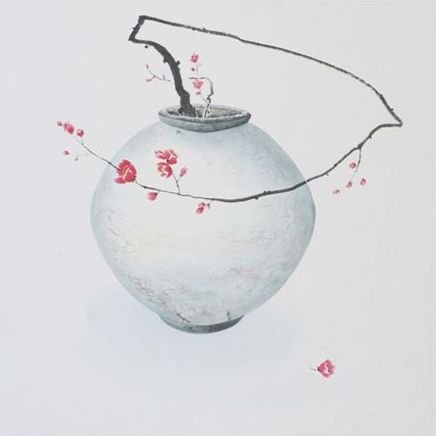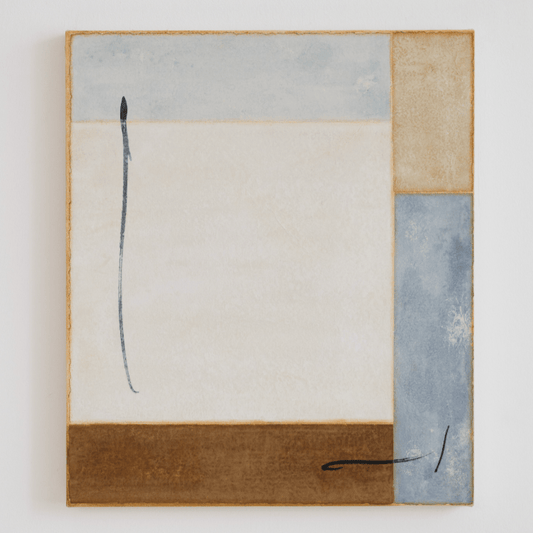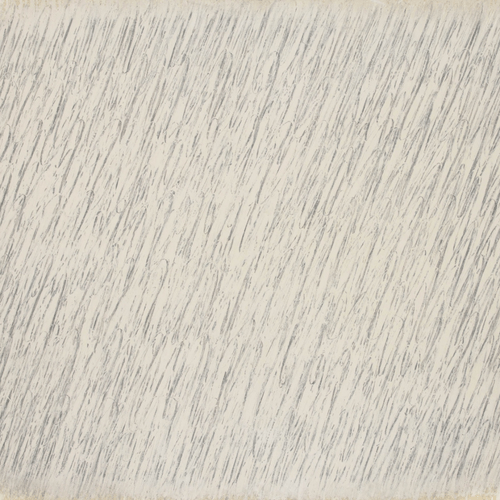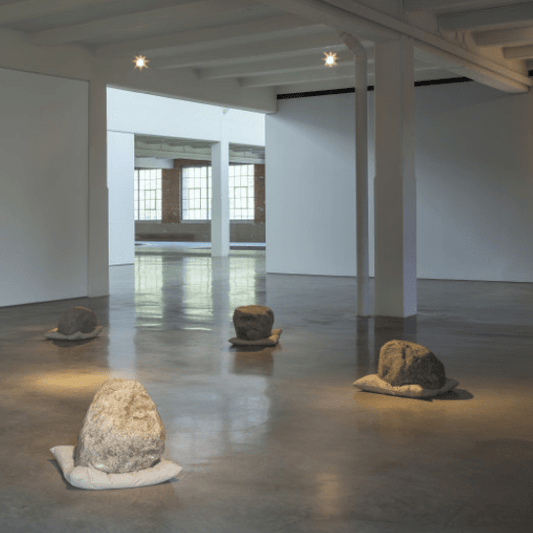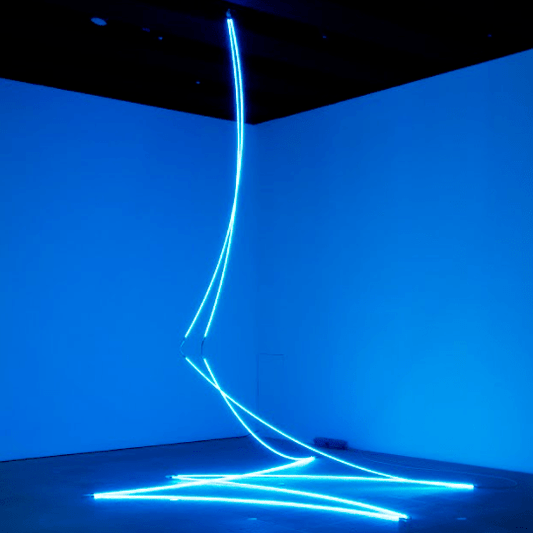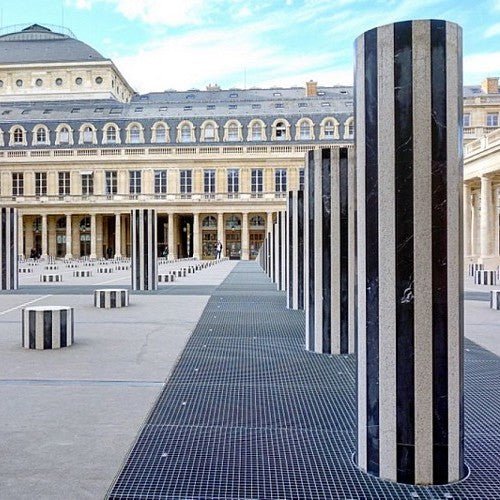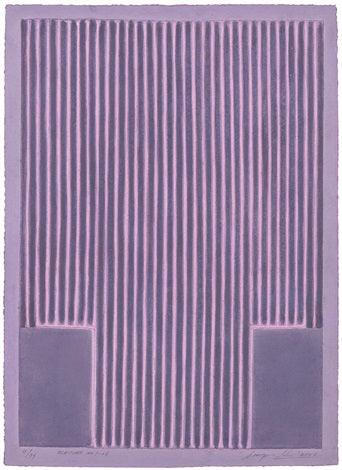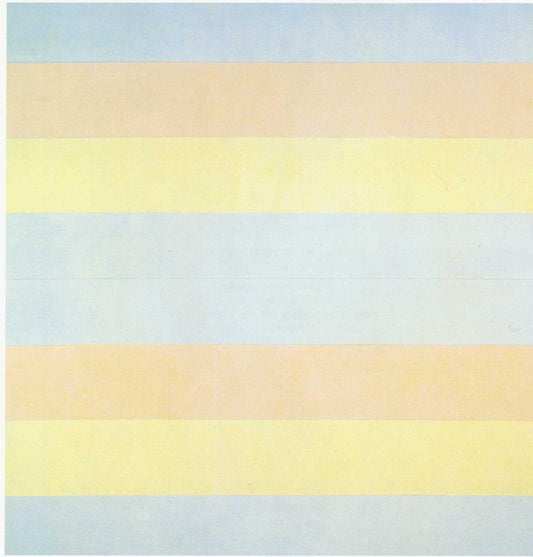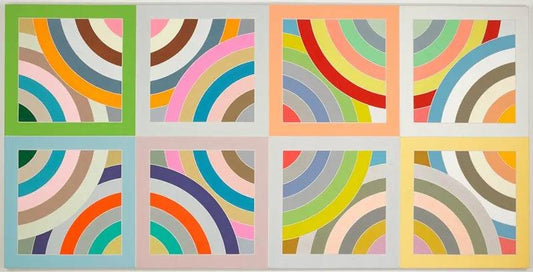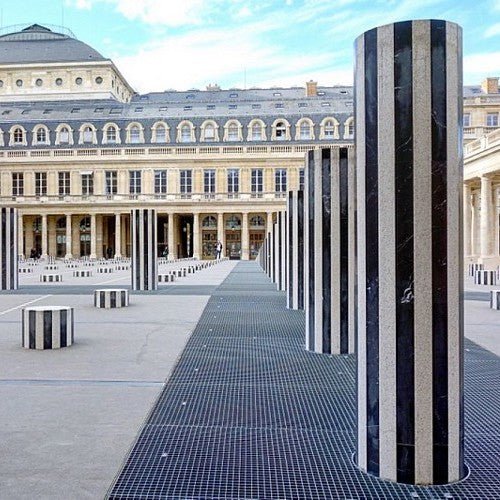
Daniel Buren: Stripes, Spaces, and the Art of Seeing
Daniel Buren, a seminal figure in contemporary art, has carved out a unique niche with his use of stripes, transforming the perception of spaces and challenging the very essence of art itself. Often associated with French Minimalism and Conceptual Art, Buren's work transcends conventional definitions, embracing a radical approach that intertwines art, architecture, and the public sphere.
Who is Daniel Buren?
Born in 1938 in Boulogne-Billancourt, France, Daniel Buren's career began in the 1960s, during a period of profound experimentation and innovation in art. He initially trained as a painter but soon moved away from traditional painting to explore the boundaries of what constitutes art. His work is characterized by the use of repeated vertical stripes, exactly 8.7 cm wide, which he refers to as his "visual tool." These stripes are not just a stylistic choice but a conceptual device that Buren uses to engage with the context in which his works are placed.
Buren's stripes appear on canvases, walls, banners, buildings, and even as part of larger architectural environments. His work often challenges the boundaries between art and its surroundings, questioning where the art ends and the world begins. This approach aligns him with Minimalism’s reduction of form and emphasis on the viewer's experience, but Buren takes it a step further by making the context—physical, social, and political—an intrinsic part of his work.
French Minimalism: A Context for Buren's Work
French Minimalism, distinct from its American counterpart, is less about the industrial and the mechanical and more about philosophical inquiry and interaction with the environment. It often emphasizes the relationship between art and the space it inhabits, focusing on how viewers perceive and interact with art in situ. This context is essential to understanding Buren's contributions.
Unlike American Minimalists who often worked with industrial materials and self-contained objects, French artists like Buren were more concerned with art's relational qualities. They questioned the role of the gallery, the museum, and the institutional frameworks that define art. Buren, in particular, focused on the site-specificity of his work, making each piece a response to its location.
“Les Deux Plateaux” (The Two Levels), 1986
One of Buren’s most famous and controversial works is “Les Deux Plateaux”, commonly known as the "Buren Columns", located in the courtyard of the Palais Royal in Paris. This installation, completed in 1986, consists of a series of black and white striped columns of varying heights, seemingly erupting from the ground. The work occupies the courtyard's entire space, creating a visual rhythm that disrupts the classical architecture of the surrounding buildings.
Concept and Controversy
"Les Deux Plateaux" was commissioned as part of a government initiative to integrate contemporary art into public spaces. The installation was met with significant controversy when first unveiled. Many critics and members of the public felt that the modernist intervention clashed with the historical architecture of the Palais Royal. Some saw it as an affront to the heritage and identity of the site, sparking a heated debate about the role of contemporary art in historical settings.
Despite the initial backlash, "Les Deux Plateaux" has become an iconic piece of public art, emblematic of Buren's commitment to challenging perceptions and recontextualizing spaces. The striped columns invite viewers to reconsider their relationship with the site, encouraging them to move around, explore, and engage with the space in new ways. Buren's stripes, as always, serve as a "visual tool" that both highlights and disrupts the surrounding environment.
Significance of the Work
"Les Deux Plateaux" exemplifies Buren's approach to art as a dialogue between the work and its environment. By inserting these modern, minimalist columns into a historical setting, Buren forces a confrontation between past and present, tradition and innovation. The stripes draw attention to the space itself, making the viewer aware of the architectural features of the courtyard and the contrast between the classical and the contemporary.
This piece also reflects Buren's critique of the art world’s institutional frameworks. By placing his work in a public space, outside the confines of a gallery or museum, Buren democratizes the experience of art, making it accessible to everyone who passes through the courtyard.
Buren’s Legacy in French Minimalism
Daniel Buren’s work represents a unique strand of French Minimalism that goes beyond the reduction of form. His art is deeply conceptual, focused on the site-specificity and the interplay between the artwork and its context. Buren’s stripes are not merely decorative; they are a tool for questioning and re-seeing the world around us. His work, including "Les Deux Plateaux," challenges viewers to engage with spaces in new ways, transforming everyday environments into sites of artistic and philosophical inquiry.
Buren has influenced generations of artists with his innovative use of public space and his relentless questioning of art’s role in society. His work continues to be a focal point for discussions on the intersection of art, architecture, and public life.
Conclusion
Daniel Buren’s art is a testament to the power of minimalism and conceptual art to transform our perception of the world. His use of stripes as a “visual tool” invites us to look beyond the surface and consider the deeper relationships between art, space, and society. "Les Deux Plateaux" remains one of his most significant contributions, a work that both disrupts and harmonizes, reflecting the complex dialogue at the heart of French Minimalism. Buren’s legacy is one of continuous exploration, challenging us to rethink the spaces we inhabit and the art that occupies them.




